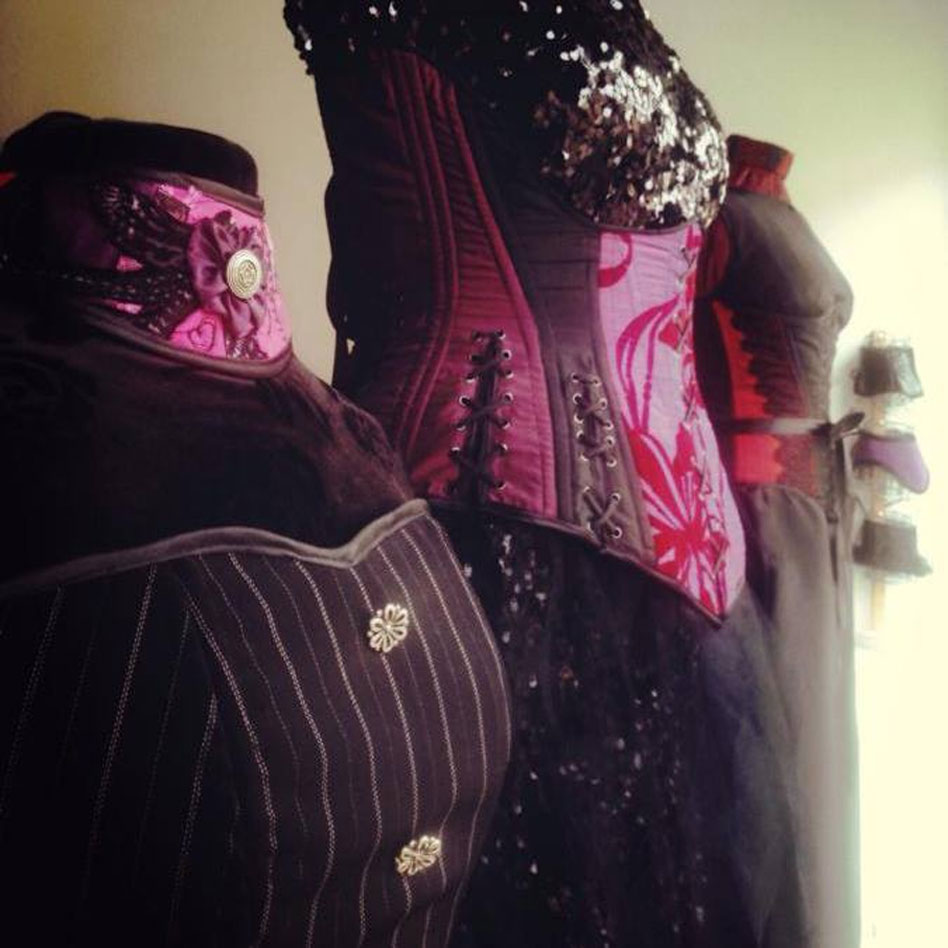Corsetry has traditionally served as an undergarment, and not to mention in more recent years, a taboo topic of discussion.
These compression garments, meant to corral a lady’s curves into feminine proportions for the sake of supporting a certain style of dress (notably, Victorian), quickly became the stuff of male fantasy.
Although women of the Victorian era viewed corsets as largely functional, and lived full and active lives while wearing them, the male gaze naturally turned them into an object of fetish, a sometimes-unfortunate interpretation that lives on today.
When it comes to modern corsets vs. traditional corsets, however, there have been some changes, both practical and societal. While any undergarment seems to hold some level of titillation for the mind, modern women are choosing corsets for a range of purely functional or fashionable reasons, and the market for corsetry has advanced in a variety of ways to accommodate.
So, here are just a few ways modern corsets have changed to serve the needs of consumers.
Let’s talk boning
Probably the biggest change over the years has been to the boning in corsets that delivers this garment’s necessary strength and rigidity.
Once upon a time, the ideal boning material was baleen, also known as whalebone (hence the term “boning”).
In fact, baleen is not bone. It’s actually a rigid, yet flexible keratinous material (similar to human fingernails or horse’s hooves) found in the mouth of baleen whales.
By the early 20th century, modern steel replaced baleen as a cheaper, more readily available material that wouldn’t dry out and break under pressure.
Later on, societal views toward the harvesting of baleen also shifted, so that today, legal baleen sales are restricted, meaning better corsets and safe whales ( a win-win situation, if you ask me)! Luckily, steel boning is far superior to the baleen boning of old corsets, in every possible way.
Textile transformation
Another dramatic shift in corsetry came with the textile revolution that made a wider range of cloth available to the general public. Back in the day corsets were most often made with sturdy cotton or linen stiffened with starch, while more decorative garments might be made from satin or silk, and often coming with a larger price tag.
While these fabrics are still used today, they are much more readily available, and options like cotton coutil (a twill created for corsetry), satin, silk brocade, velvet, breathable mesh, and even leather (or faux leather) are easy to find.
This ensures that every wearer has access to a diverse array of corset types suitable for any outfit, occasion or desire.
Due to this corsetry has seen a huge surge in popularity in modern day fashion, and a great deal of mainstream clothing brands have adopted corsetry techniques.
Bring out the bras!
As early as the 19th century, bra-like garments began to appear as corset substitutes, although they were often still attached to underbust corsets. It wasn’t until the early 20th century that the modern brassiere was invented by Mary Phelps Jacobs, a well-endowed woman seeking a better way to wear popular clothing trends of the time, which didn’t tend to work too well with corsetry.
This shift naturally impacted the corsetry market, and it wasn’t long before many women had shed their corsets in favor of more versatile brassieres. Sadly, throughout the 20th century, corsets developed a reputation as torture devices devised by a patriarchy intent on hobbling women. In truth, women of the Victorian era wore them for much the same reason many modern women choose to: in order to slim the waist, create an hourglass figure, and look and feel better in their clothing.
However, in today’s world women have an unlimited choice on the undergarments they wear. Therefore those interested in corsetry and waist training have an array of options, from overbust corsets that eliminate the need for a bra, to underbust models that may be easier to stealth when paired with a brassiere.
With an abundance of sizes, silhouettes, materials, and embellishments to choose from, modern day women can get the most out of corsets than ever before!
Benefits of Modern vs. Traditional Corsets: Beyond Aesthetic Appeal
Although corsets were a largely functional affair, in a previous life, modern corsetry has opened the door to a range of benefits for wearers. In addition to creating a to die for flattering figure under clothing, corsets can also be worn on full display as a fashionable statement.
Some corset wearers engage in waist training, while others use them to correct posture, alleviate back pain, or spice up intimate encounters. Whatever your reason for donning a corset, you’ll find that this modern garment offers endless options for customization, and imparts several benefits you probably never expected. Fashionable yet practical, what more could you wish for?

